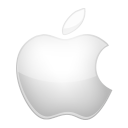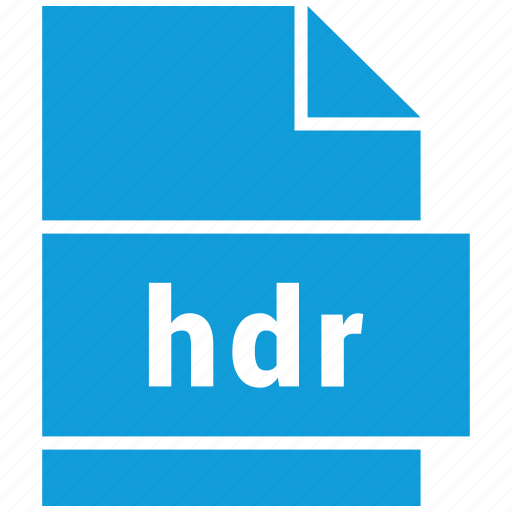
Information System
An information system (IS) is a formal, sociotechnical, organizational system designed to collect, process, store, and distribute information. From a sociotechnical perspective, information systems are composed by four components: task, people, structure (or roles), and technology. Information systems can be defined as an integration of components for collection, storage and processing of data of which the data is used to provide information, contribute to knowledge as well as digital products that facilitate decision making.
A computer information system is a system that is composed of people and computers that processes or interprets information. The term is also sometimes used to simply refer to a computer system with software installed.
Information systems is an academic study of systems with a specific reference to information and the complementary networks of computer hardware and software that people and organizations use to collect, filter, process, create and also distribute data. An emphasis is placed on an information system having a definitive boundary, users, processors, storage, inputs, outputs and the aforementioned communication networks.
In many organizations, the department or unit responsible for information systems and data processing is known as "information services".
Any specific information system aims to support operations, management and decision-making. An information system is the information and communication technology (ICT) that an organization uses, and also the way in which people interact with this technology in support of business processes.
Some authors make a clear distinction between information systems, computer systems, and business processes. Information systems typically include an ICT component but are not purely concerned with ICT, focusing instead on the end-use of information technology. Information systems are also different from business processes. Information systems help to control the performance of business processes.
Alter argues for advantages of viewing an information system as a special type of work system. A work system is a system in which humans or machines perform processes and activities using resources to produce specific products or services for customers. An information system is a work system whose activities are devoted to capturing, transmitting, storing, retrieving, manipulating and displaying information.
As such, information systems inter-relate with data systems on the one hand and activity systems on the other. An information system is a form of communication system in which data represent and are processed as a form of social memory. An information system can also be considered a semi-formal language which supports human decision making and action.
Information systems are the primary focus of study for organizational informatics.
The six components that must come together in order to produce an information system are:
Hardware: The term hardware refers to machinery and equipment. In a modern information system, this category includes the computer itself and all of its support equipment. The support equipment includes input and output devices, storage devices and communications devices. In pre-computer information systems, the hardware might include ledger books and ink.
Software: The term software refers to computer programs and the manuals (if any) that support them. Computer programs are machine-readable instructions that direct the circuitry within the hardware parts of the system to function in ways that produce useful information from data. Programs are generally stored on some input/output medium, often a disk or tape. The "software" for pre-computer information systems included how the hardware was prepared for use (e.g., column headings in the ledger book) and instructions for using them (the guidebook for a card catalog).
Data: Data are facts that are used by systems to produce useful information. In modern information systems, data are generally stored in machine-readable form on disk or tape until the computer needs them. In pre-computer information systems, the data are generally stored in human-readable form.
Procedures: Procedures are the policies that govern the operation of an information system. "Procedures are to people what software is to hardware" is a common analogy that is used to illustrate the role of procedures in a system.
People: Every system needs people if it is to be useful. Often the most overlooked element of the system is the people, probably the component that most influence the success or failure of information systems. This includes "not only the users, but those who operate and service the computers, those who maintain the data, and those who support the network of computers."
Feedback: it is another component of the IS, that defines that an IS may be provided with feedback (Although this component isn't necessary to function).




